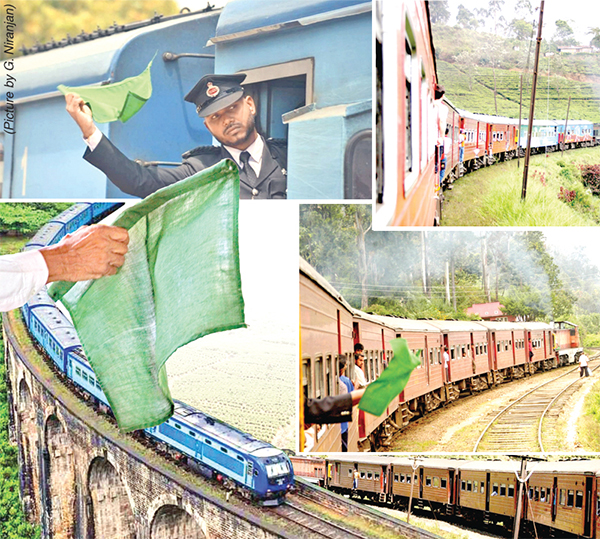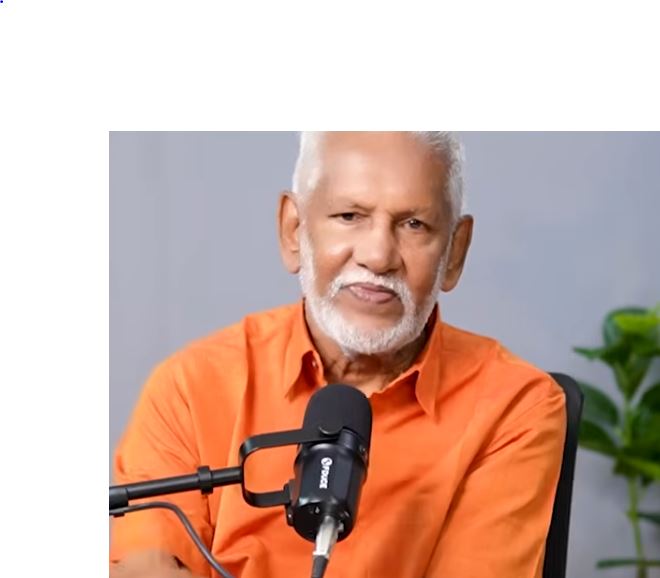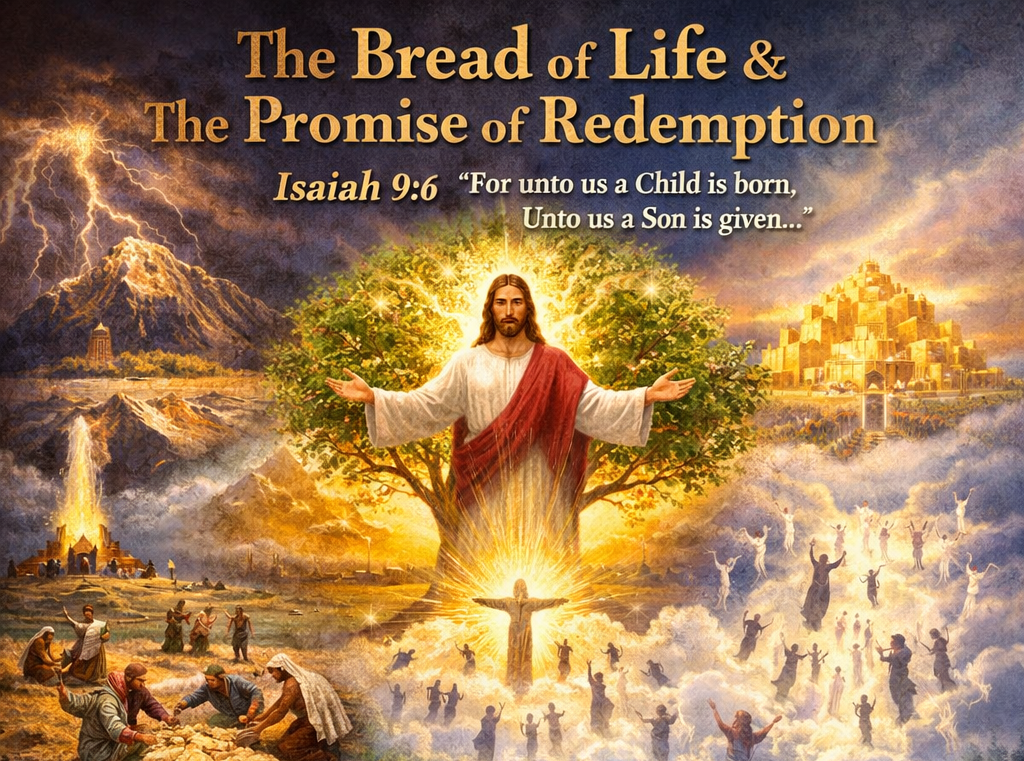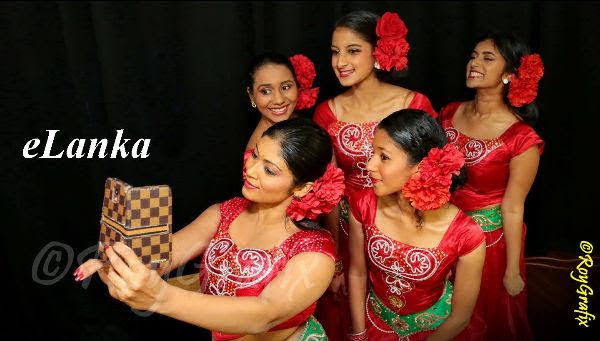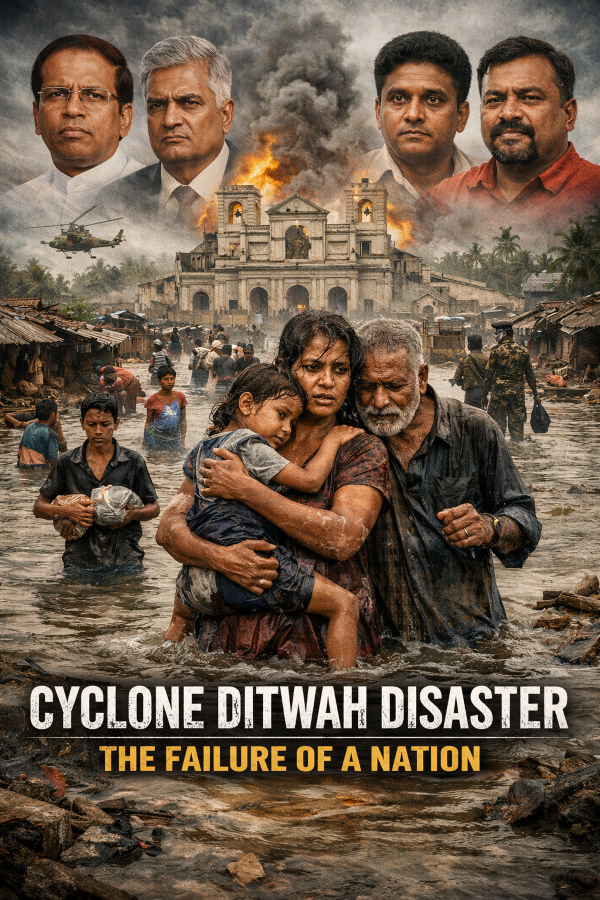Upholding 150 years of CGR tradition-by Dishan Joseph
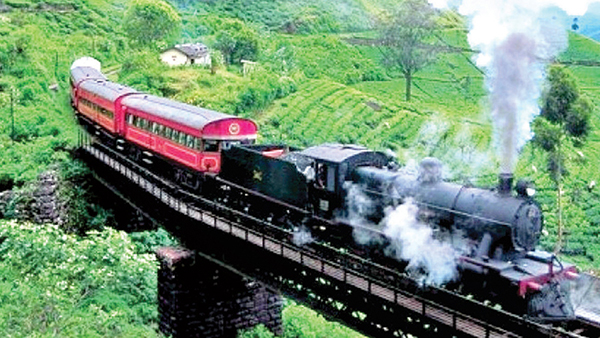
Source:Dailynews
Every Sri Lankan will remember the bliss of taking a train trip. Thousands of our citizens travel daily by train to the Fort Station to go to their workplaces.
Smartly attired in black and white, the railway guards are one of the last working men who represent a long and proud tradition as far back as 1864. They faithfully continue to work on every single train that runs across this country. Their main operating office is located at the Maradana Railway Station nestled on Platform No 5. In order to trace their magnificent vintage traditions, I met up with Guards Inspector Janaka Fernando, who counts three decades of service.
This amiable gentleman is the senior railway officer responsible for the 500 plus guards operating throughout the Railway Department. About 300 guards are stationed in Colombo and the rest operate from 12 unit offices to facilitate a consistent service. Amidst the noise of trains leaving the
platform Fernando explained: “We are one of the first branches of the Ceylon Government Railway (CGR). Since its inception, the railway guards have been an integral part of the train services. At the outset, the posts of guards were held by the British, as were the train engine drivers. Towards the 1950s, the head guards were replaced by Ceylonese. Many of the pioneer Burghers are no more in service. Today we have a good mix from every community working as a team. I joined the Railways three decades ago. Since then we have undergone many improvements.”
The railway guard is not to be confused with the railway security staff who wear khaki uniforms and operate as the Railway Protection Force (RPF). Fernando added: “The post of railway guard was a lucrative government job decades ago, as people were drawn to the immaculate white uniform, black velvet coat and firm white pith hat. The pith hat was discontinued years ago, but the uniform remains and inspires young men to join our ranks.”
The men are selected from those who have passed Mathematics at the GCE A/L exam. In addition, they must have the NDT, while some also have degrees to their credit. The new recruits are absorbed as Class 3 Guards, and follow two years of training. During this time, they spend three months at the German Technical School, where they learn practical skills. A guard is taught about train engines, compartments, signals, block regulations (rail safety), train operating systems, responding to emergencies such as a fire on a moving train, collisions and derailment. They are also trained in first aid. A guard checks the entire train at the Main Yard before it is ready to enter the railway station, making sure all systems are safe. After they show a consistent good performance, they are promoted as Class 2/B guards. It is only after serving for three years that the under guards are taken for training on the Upcountry Main Lines.
The Guards Inspector said: “Working on the upcountry tracks is totally different. A guard must get an understanding of the steep inclines, the impact of the gradient on the speed of the train. Also, the weight of parcels and baggage loaded on a train impacts the upward push to far away stations on the Colombo–Badulla line. The guards are competent in using the hand brake to assist the engine driver when required. The hand brake is located in the rear guard’s carriage. It is an important apparatus. After four years, the men can be promoted as Class 1 guards.”
Trains come and leave Maradana, and their horns disturbed our peaceful conversation. By evening, office workers were assembling at the platforms. Guards returned from long runs and handed over their journals to an officer. Every train journey is documented in detail. The Guards Booking Office is a busy place. This is where the 300 guards change shifts and is a very busy administrative hub. Some take a break before taking over the next shift.
H.U. Rajapaksa is the Chief in Charge (CIC) of Guards Booking, which is a British book system. He has a massive ledger on his antique desk. The ledger is actually a duty roster. It is his task to assign guards on various trains. As per the rail regulations, each train has a head guard and an under guard. As the train is ready, the guard will sound the first whistle, indicating to the passengers that the train is about to move. The second sharp whistle indicates to the passengers and the stationmaster that the train is moving. On the rail journey, guards have to monitor the signals. Some signals are controlled (semaphore system); others are automatic. Watching the signals is a prime duty. Before a train nears a level crossing (700 metres in advance) the signals will indicate if the rail crossing is secured by the gatekeeper, if not the train will come to a complete halt.
Railway guards also get involved in “shunting” – the process of attaching or detaching compartments at some stations. Apart from these duties, the guard is responsible for the parcels and mailbags in his custody. These have to be dropped off and collected at various stations. Railway guards perform another key task by collecting cash from smaller stations (ticket sales revenue). On some lines, the guards monitor the exchange of the tablet between the stationmaster and engine driver. Fernando added: “Guards are often seen by passengers waving either a red or a green flag. This is a key signal to the engine driver, as some trains have up to a dozen compartments and these visual signals come from the rear compartment. Both men must work as a team. We once used red and green signal lamps at night, which was stopped in 1990. Since then we use flashlights with red and green lights.”
Despite the responsibility entrusted with the railway guards, they have the chance to enjoy some of the finest natural scenery on every line. The best views are on the upcountry lines, amidst mist-laden hills and salubrious green tea plantations.
Occasionally, the railway guard has to deal with a suicide victim, who decides to take his or her life on the rail track. This is not a pleasant sight to witness. The train is halted and the victim’s body is handed over to the nearest railway station or police. Occasionally, wild elephants crossing rail tracks at night cause minor accidents and delays. Some senior guards commented: “It is obvious that visibility is less at night, in comparison to daylight. A diesel locomotive has a bright light that reaches 100 metres. But it depends on the curves and bends of the tracks. Often wild elephants suddenly appear at bends and the result could be fatal for the meandering animal. You cannot halt a big heavy train as quickly as a car. During these tragedies, trains also derail. The engine drivers always uphold safety and they take their jobs very seriously. The elephants just happen to be at the wrong place.”
I understood that some traditional ‘elephant corridors’ have been encroached by humans who have extended their cultivations. At times, they put up electric fences thereby disturbing the normal crossing routes of elephants. Elephant calves are innocent and confused, so they suddenly cross onto the rail track, and the jumbo mothers have no choice but to follow them. It is a difficult situation for the oncoming train.
We had tea and I brought up the topic about railway staff seeing ghosts at night from old railway stations, and this was denied by the guards as we burst into laughter. For more than 150 years, the railway guards have sustained a vital duty on all Sri Lankan trains. Their black and white uniform is a reassuring sign to engine drivers, stationmasters and passengers.
